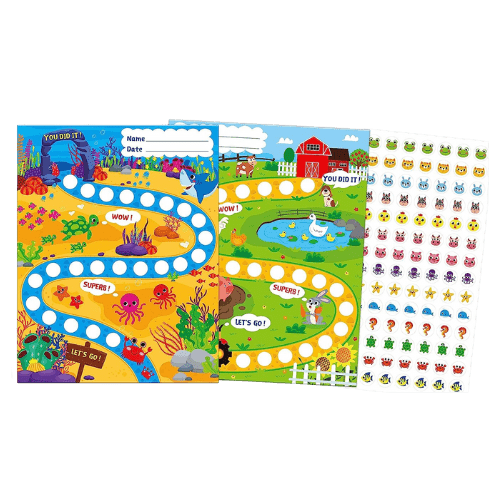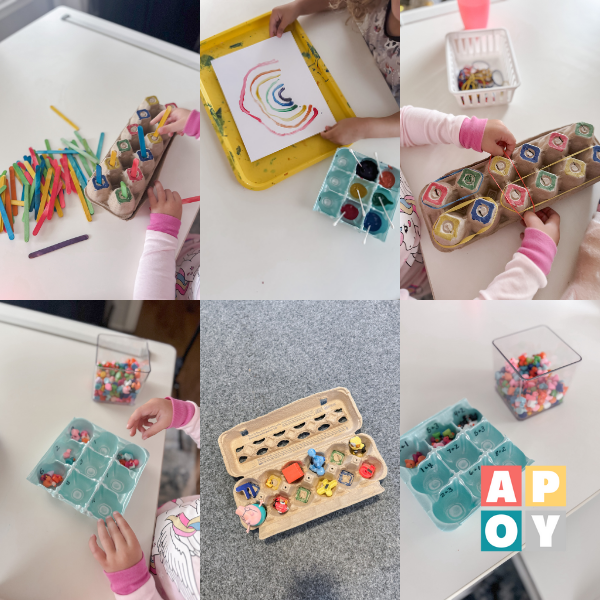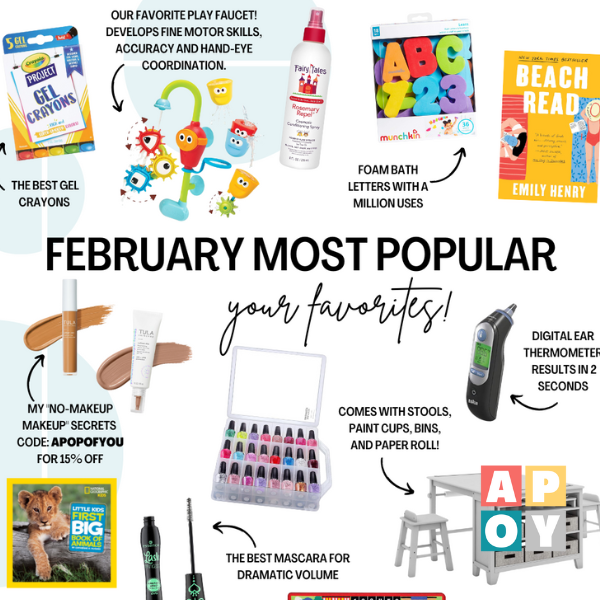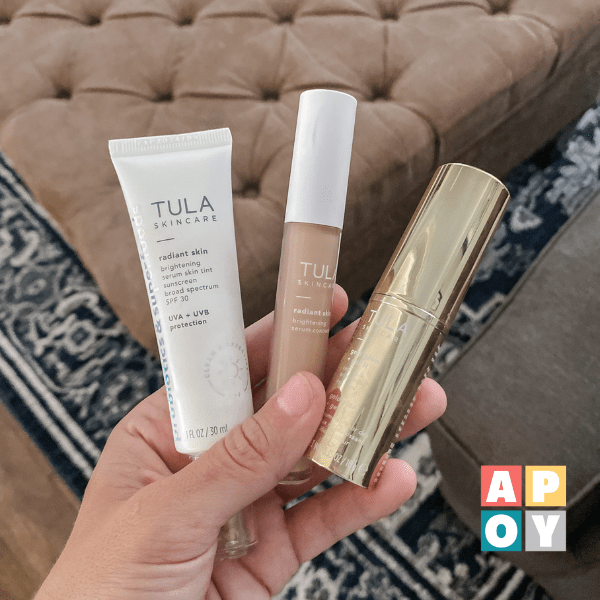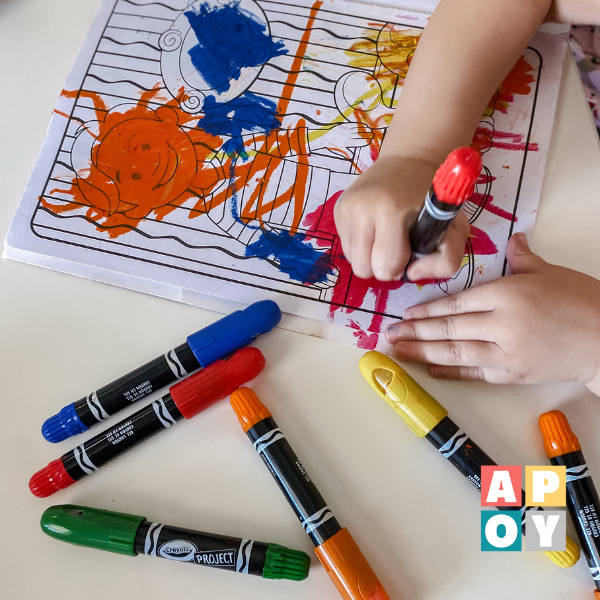Paving the Way to Positive Behavior: The Magic of Sticker Charts for Kids
Sticker charts can be a game-changer for encouraging good behavior in toddlers and preschoolers! Learn how to use these simple, fun charts to boost motivation, build positive habits, and make daily routines smoother.
This blog post may contain affiliate links. When you make a purchase through these links, I may earn a small commission, at no additional cost to you. I only recommend products that I genuinely believe can benefit you and your family! Your support helps maintain and improve all things A Pop of You. Thanks so much!
THE STICKER CHART SECRET: HOW TO MAKE BEHAVIOR CHARTS ACTUALLY WORK
Some parenting strategies stand the test of time. Singing lullabies? Classic. Sneaking veggies into pasta sauce? Timeless. Sticker charts? Surprisingly powerful when used the right way.
If you’ve ever started a sticker chart only to abandon it three days later (we’ve all been there), don’t worry. There’s a way to make them work without turning into a full-time sticker dispenser. Let’s talk about how to use sticker charts effectively—without the frustration.
WHY STICKER CHARTS WORK
At their core, sticker charts tap into a few key parenting principles:
- Kids love visuals: Seeing their progress in real time keeps them motivated.
- Rewards > Punishments: Positive reinforcement makes behaviors stick better than constant correction.
- They encourage independence: Kids take ownership of their actions when they see direct results.
- They create structure: Clear expectations = fewer power struggles.
- They make things fun: Let’s be real: stickers are exciting when you’re five (or even thirty-five, if we’re being honest).
But there’s a right way and a wrong way to go about it. Let’s make sure your sticker chart doesn’t end up in the land of forgotten parenting strategies.
HOW TO CREATE A STICKER CHART THAT ACTUALLY WORKS
- Pick One Goal at a Time: Keep it simple. “Listen better” is too vague. “Put shoes on the first time I ask” is specific and doable.
- Make the Chart Kid-Friendly: Toddlers? Big, simple charts with easy wins. Preschoolers? Slightly more complex tasks like sharing or cleaning up. Let them help decorate—it boosts their investment!
- Choose Meaningful Rewards: The reward should match the effort. No need for extravagant prizes; extra bedtime stories, a special snack, or a parent-child date can be just as exciting.
- Keep the Stickers Visible: Place the chart somewhere your child sees daily. Out of sight, out of mind.
- Be Consistent: If stickers are only given out sporadically, the system loses its magic. Make adding stickers part of your routine.
STICKER CHARTS IN ACTION
1. Potty Training Chart
Potty training = patience. A sticker chart can add a little motivation to the process.
- Use different stickers for different milestones (sitting on the potty, staying dry, etc.).
- Give immediate feedback—sticker goes on as soon as they go!
- Keep it low-pressure. Accidents happen.
2. Daily Routine Chart
For toddlers and preschoolers, a sticker chart can reinforce simple daily habits.
- Morning chart: Brush teeth, get dressed, make the bed.
- Evening chart: Clean up toys, put on pajamas, go to bed without a fuss.
3. Big Kid Behavior Chart
Preschoolers love a little independence, and a behavior chart can reinforce good habits.
- Focus on skills like listening, sharing, or following directions.
- Let them work toward a bigger weekly goal instead of instant rewards.
- Involve them in choosing their rewards—it gives them extra buy-in.
WHEN TO RETIRE THE STICKER CHART
The goal isn’t to use sticker charts forever. Eventually, good habits should stick without external motivation. Here’s how to fade them out:
- Space Out the Rewards: Move from daily stickers to weekly rewards.
- Switch to Verbal Praise: Start recognizing the good behavior without needing a chart.
- Celebrate the Habit: Once a habit is solid, let your child know they’ve mastered it!
FINAL THOUGHTS
Sticker charts aren’t magic, but they can be a simple and effective tool when used the right way. The key? Keep it fun, be consistent, and use them as a stepping stone toward long-term habits. So grab some stickers, set a goal, and watch your little one light up with pride as they fill up that chart. And hey, if it works for them, maybe we should start one for remembering to switch the laundry over (because we all know that’s a struggle).



Hey, I’m Katelyn, the “Achievably Extra” Mom! Join me for creative family fun and practical tips! Let’s inspire each other!




